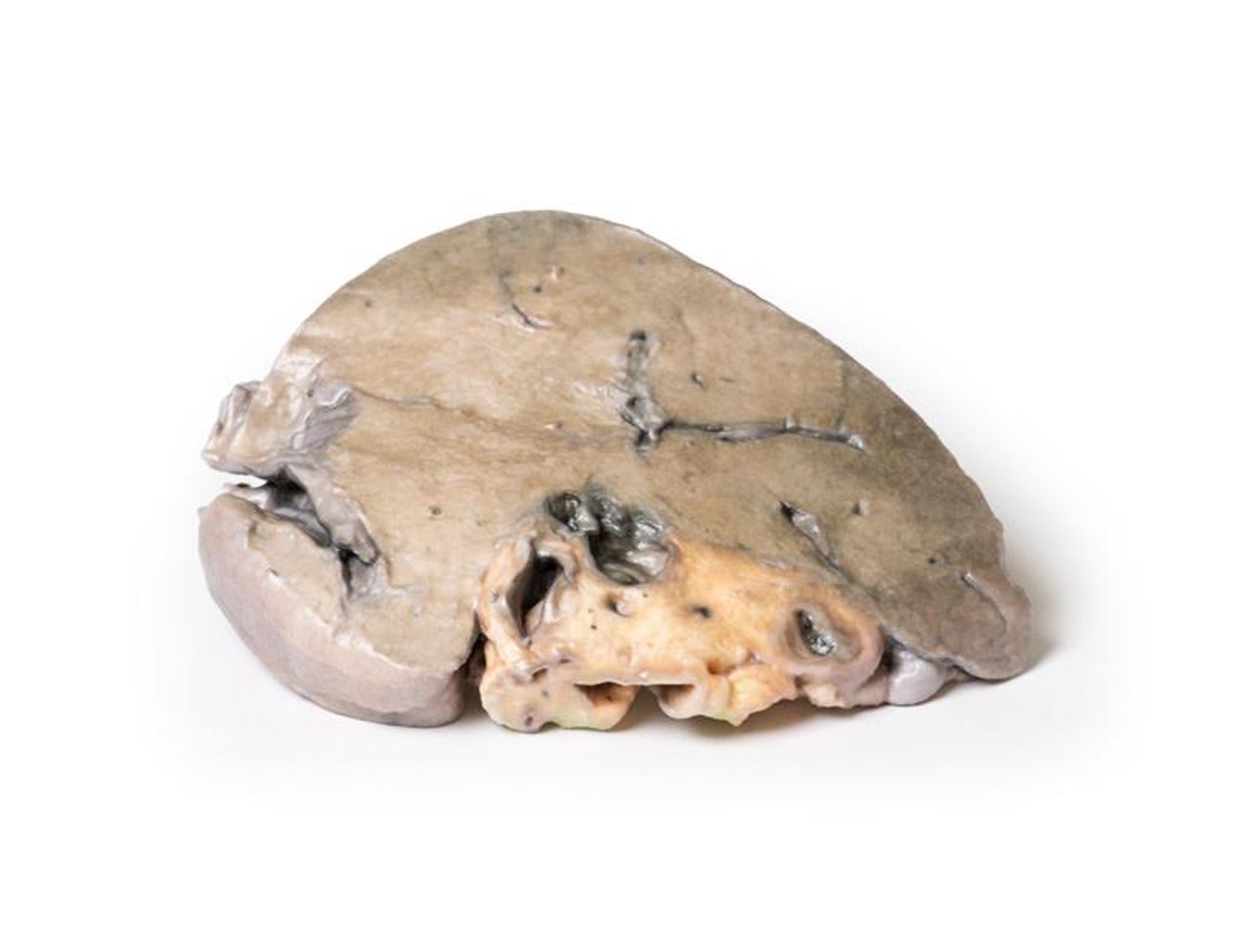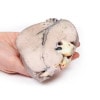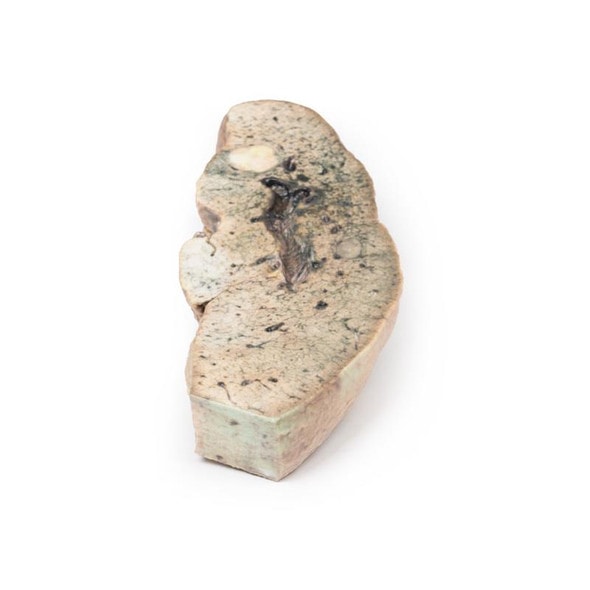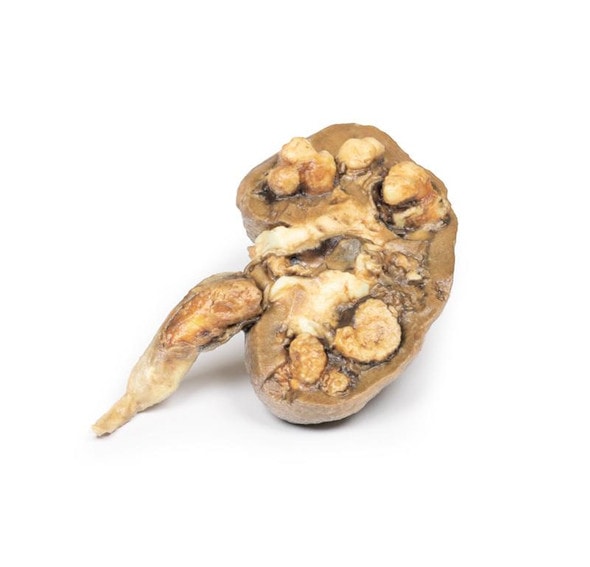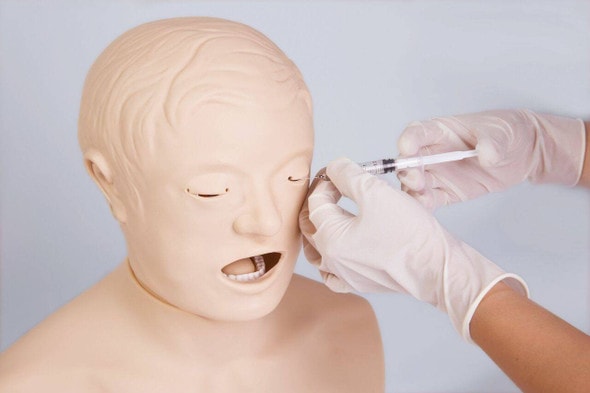- Home
- Anatomy Models
- Abdomen Anatomy Models
- 3D Printed Hepatic Duct Calculi and Obstructive Biliary Cirrhosis
Description
Developed from real patient case study specimens, the 3D printed anatomy model pathology series introduces an unmatched level of realism in human anatomy models. Each 3D printed anatomy model is a high-fidelity replica of a human cadaveric specimen, focusing on the key morbidity presentations that led to the deceasement of the patient. With advances in 3D printing materials and techniques, these stories can come to life in an ethical, consistently reproduceable, and easy to handle format. Ideal for the most advanced anatomical and pathological study, and backed by authentic case study details, students, instructors, and experts alike will discover a new level of anatomical study with the 3D printed anatomy model pathology series.
Clinical History
An 85-year old male presented with urinary retention due to benign prostatic hypertrophy. On admission it was noted that he was jaundiced with cholestatic derangement of his liver function tests. He underwent a transurethral prostate resection but died from pneumonia 5 days post-operative.
Pathology
The specimen is a slice of liver mounted to display the cut surface. The capsule is slightly thickened and the liver substance has a finely nodular appearance. Intrahepatic bile ducts are dilated. When the posterior or inferior surface is viewed an irregular pigmented calculus, 10 mm in diameter, is seen impacted in a distended hepatic duct. Another smaller calculus 3 mm in diameter has been dislodged. This specimen represents an example of secondary biliary cirrhosis due to large duct obstruction from hepatic calculi.
Further Information
Hepatolithiasis is characterized by the presence of intrahepatic gallstones. These calculi can lead to cholangitis, progressive hepatocyte atrophy and destruction, and an increased risk of cholangiocarcinoma. It is common in East Asia but rare in Western countries. There is no difference in incidence between genders. The stones are most commonly made up of pigmented calcium bilirubinate stones.
These stones cause intrahepatic bile duct obstruction. Proximal to the obstructing stone distension and dilation of the bile ducts is evident. There is also bile duct proliferation at the portal-parenchymal interface with stromal oedema and infiltrating neutrophils, indicating an acute-chronic inflammation. If untreated this inflammation leads to periportal fibrosis and eventually obstructive biliary cirrhosis. Microscopic appearance would show feathery degeneration of periportal hepatocytes, cytoplasmic swelling often with Mallory Denk bodies (i.e. an inclusion found in the cytoplasm of liver cells with twisted-rope appearance caused by damaged intermediate filaments within the hepatocytes) and bile infarcts from extravasated bile. Chronic inflammation can lead to biliary dysplasia which may develop into cholangiocarcinoma.
Patients may present with repeated cholangitis, intermittent abdominal pain, jaundice or frequently no symptoms. Treatment is usually surgical removal of the calculi.
Advantages of 3D Printed Anatomical Models
- 3D printed anatomical models are the most anatomically accurate examples of human anatomy because they are based on real human specimens.
- Avoid the ethical complications and complex handling, storage, and documentation requirements with 3D printed models when compared to human cadaveric specimens.
- 3D printed anatomy models are far less expensive than real human cadaveric specimens.
- Reproducibility and consistency allow for standardization of education and faster availability of models when you need them.
- Customization options are available for specific applications or educational needs. Enlargement, highlighting of specific anatomical structures, cutaway views, and more are just some of the customizations available.
Disadvantages of Human Cadavers
- Access to cadavers can be problematic and ethical complications are hard to avoid. Many countries cannot access cadavers for cultural and religious reasons.
- Human cadavers are costly to procure and require expensive storage facilities and dedicated staff to maintain them. Maintenance of the facility alone is costly.
- The cost to develop a cadaver lab or plastination technique is extremely high. Those funds could purchase hundreds of easy to handle, realistic 3D printed anatomical replicas.
- Wet specimens cannot be used in uncertified labs. Certification is expensive and time-consuming.
- Exposure to preservation fluids and chemicals is known to cause long-term health problems for lab workers and students. 3D printed anatomical replicas are safe to handle without any special equipment.
- Lack of reuse and reproducibility. If a dissection mistake is made, a new specimen has to be used and students have to start all over again.
Disadvantages of Plastinated Specimens
- Like real human cadaveric specimens, plastinated models are extremely expensive.
- Plastinated specimens still require real human samples and pose the same ethical issues as real human cadavers.
- The plastination process is extensive and takes months or longer to complete. 3D printed human anatomical models are available in a fraction of the time.
- Plastinated models, like human cadavers, are one of a kind and can only showcase one presentation of human anatomy.
Advanced 3D Printing Techniques for Superior Results
- Vibrant color offering with 10 million colors
- UV-curable inkjet printing
- High quality 3D printing that can create products that are delicate, extremely precise, and incredibly realistic
- To improve durability of fragile, thin, and delicate arteries, veins or vessels, a clear support material is printed in key areas. This makes the models robust so they can be handled by students easily.


